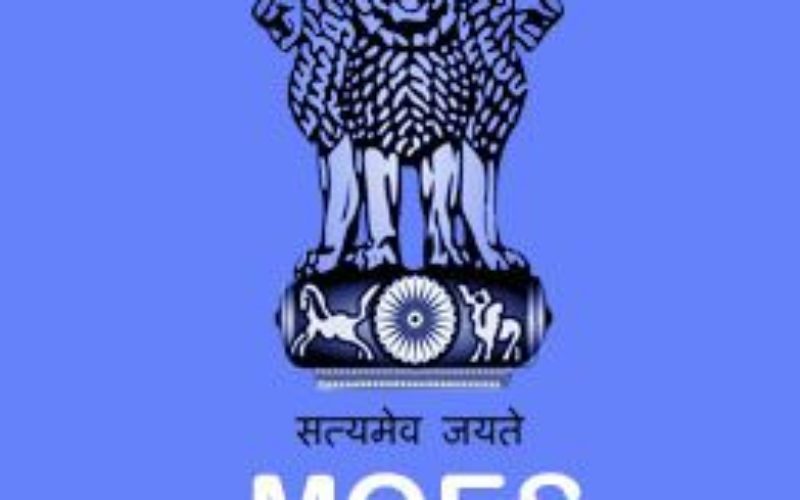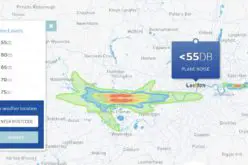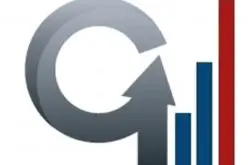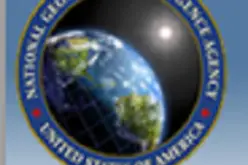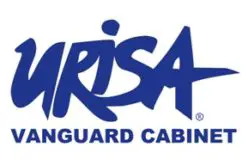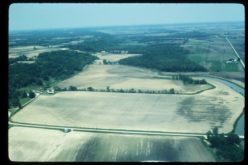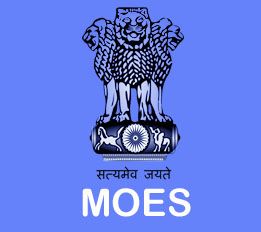 Earth System Science Organization (ESSO) – Indian National Centre for Ocean Information Services (INCOIS), Hyderabad and ESSO-Integrated Coastal and Marine Area Management (ICMAM), Chennai have carried out mapping and demarcating of multi-hazard coastal vulnerability for the states. The relative vulnerability of different coastal environments is essentially quantified at a regional to national scale using basic information on seven risk variables, viz. shoreline change rate, sea-level change rate, coastal slope, mean significant wave height, mean tidal range, coastal regional elevation and coastal geomorphology. Most of the above parameters are dynamic in nature and require a large amount of data from different sources to be acquired, analysed and processed, with an inbuilt updating mechanism.
Earth System Science Organization (ESSO) – Indian National Centre for Ocean Information Services (INCOIS), Hyderabad and ESSO-Integrated Coastal and Marine Area Management (ICMAM), Chennai have carried out mapping and demarcating of multi-hazard coastal vulnerability for the states. The relative vulnerability of different coastal environments is essentially quantified at a regional to national scale using basic information on seven risk variables, viz. shoreline change rate, sea-level change rate, coastal slope, mean significant wave height, mean tidal range, coastal regional elevation and coastal geomorphology. Most of the above parameters are dynamic in nature and require a large amount of data from different sources to be acquired, analysed and processed, with an inbuilt updating mechanism.
The general trend in the vulnerability, demarcated in to four classes (very high, high, medium and low), carried out first time on macro-synoptic scales (at 1:1,00,000) covering the entire Indian coastline suggest varied degrees of vulnerability along coastal states of Tamil Nadu, Andhra Pradesh, Odisha, Kerala, Maharastra, Goa, Gujarat and islands of Andaman and Nicobar Islands and Lakshadweep. The Gulfs of Kambhat and Kachchh in Gujarat show very high vulnerability indices, with the inlets of Kachch showing localized vulnerability. Relatively low vulnerability indices are reported along the zones of Mangroves that help in breaking the large amplitude waves, dissipating the energy and hence act as a natural barrier. However, it is to be noted that coastal vulnerability aspects at a much local (micro) level are to be accounted with additional parameters such as cyclone, storm surge and coastal flooding so as to add an additional dimension to the current study.
Andhra Pradesh Coast line falls under the five risk classes. The Coastal Vulnerability Index (CVI) for the state of Andhra Pradesh reveals that the length of 6 km is under very high Vulnerable class. The majority of the coastal stretches belong to Low and Medium Vulnerable class recording a length of 465 km and 379 km, respectively. High vulnerable class was recorded along 224 km of coastline. The coast of Krishna, West Godavari, East Godavari, Visakhapatnam, Vizainagaram and Shrikakulam district were classified as medium to high vulnerable class. In general southern parts of Andhra Pradesh are more vulnerable when compared to northern parts.
This was stated by Union Minister of Science and Technology and Ministry of Earth Sciences Dr. Harsh Vardhan in a written reply in Rajya Sabha today.
Source: Government Press Release


